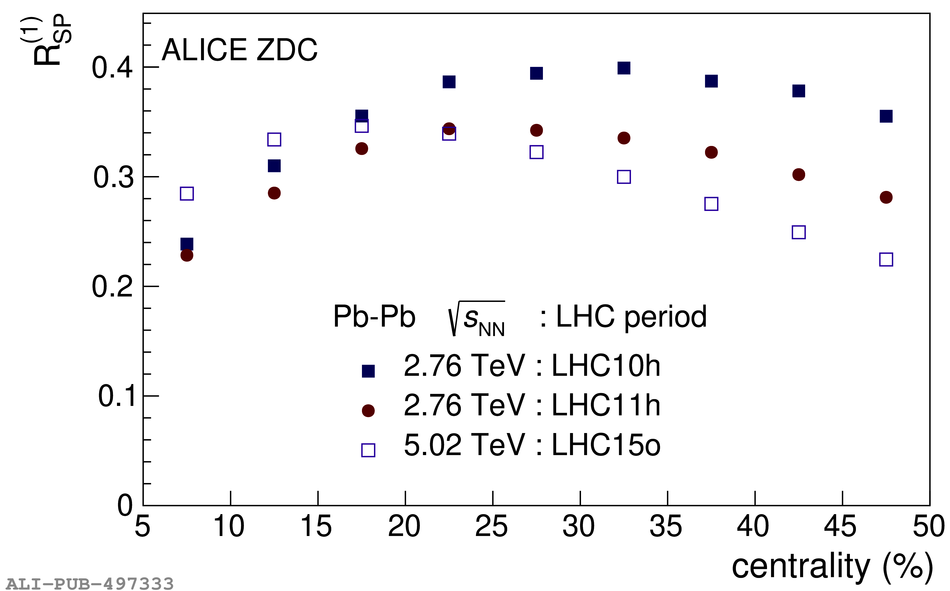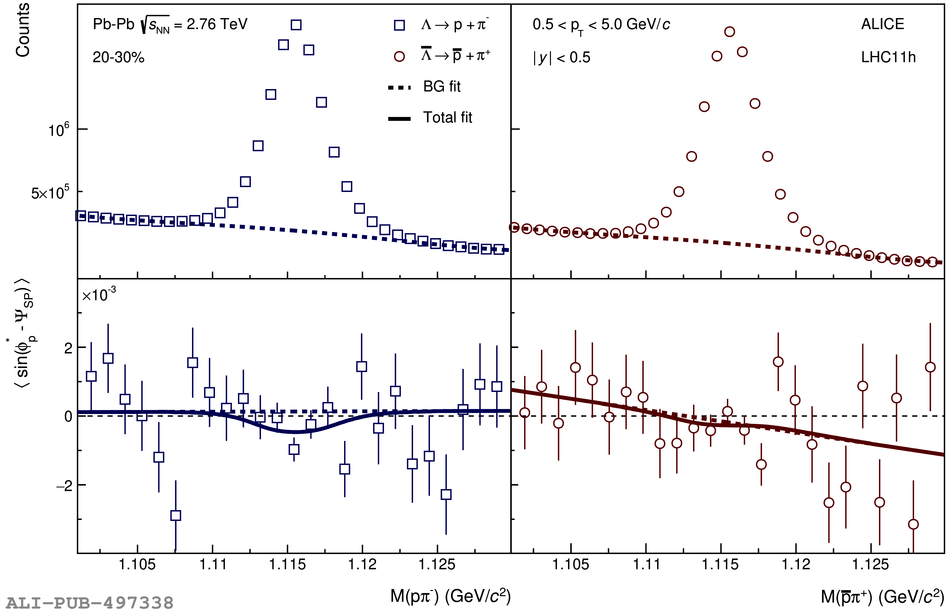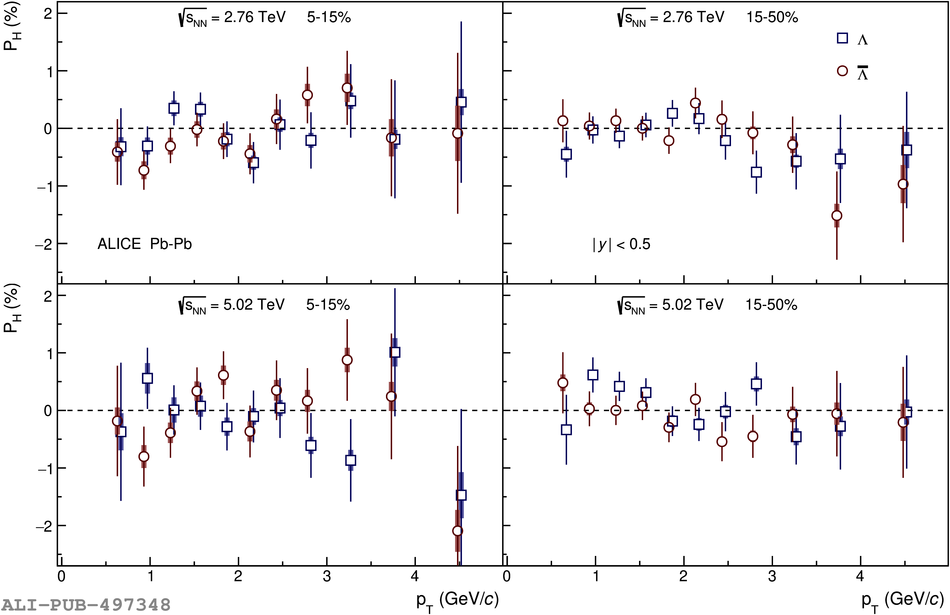The global polarization of the $\Lambda$ and $\overline\Lambda$ hyperons is measured for Pb-Pb collisions at $\sqrt{s_{\rm{NN}}}$ = 2.76 and 5.02 TeV recorded with the ALICE at the LHC. The results are reported differentially as a function of collision centrality and hyperon's transverse momentum ($p_{\rm{T}}$) for the range of centrality 5-50%, $0.5 <~ p_{\rm{T}} <~5$ GeV/$c$, and rapidity $|y|<~0.5$. The hyperon global polarization averaged for Pb-Pb collisions at $\sqrt{s_{\rm{NN}}}$ = 2.76 and 5.02 TeV is found to be consistent with zero, $\langle P_{\rm{H}}\rangle$ (%) $\approx$ - 0.01 $\pm$ 0.05 (stat.) $\pm$ 0.03 (syst.) in the collision centrality range 15-50%, where the largest signal is expected. The results are compatible with expectations based on an extrapolation from measurements at lower collision energies at RHIC, hydrodynamical model calculations, and empirical estimates based on collision energy dependence of directed flow, all of which predict the global polarization values at LHC energies of the order of 0.01%.
Phys. Rev. C101 (2020) 044611
HEP Data
e-Print: arXiv:1909.01281 | PDF | inSPIRE
CERN-EP-2019-173





